Equal access to education is one of the key components of Estonia’s education system – equality is seen both in geographical and socio-economical aspects; the people involved say its comparatively strong basis relates to social and educational policies developed over the last 30 years.*
This article is published in collaboration with Education Estonia.
Straight from the start of one’s educational journey, pre-school is freely available to everybody. What’s more, local authorities have an obligation to ensure a kindergarten place for children over the age of one and a half years, which is when the state parental benefit ends.
“Around 94% of Estonian four to six-year-old children attend kindergarten,” Maie Kitsing, an adviser to the Estonia’s ministry for education and research, specialising in educational leadership and teachers’ policy, said.
“Kindergartens play a great role when we speak about educational equity in Estonia, because kindergarten is the first place for children where they can nourish their interests and abilities on an equal basis. Nothing is left undone because of socio-economic condition or value assessments of the family,” Kitsing pointed out.
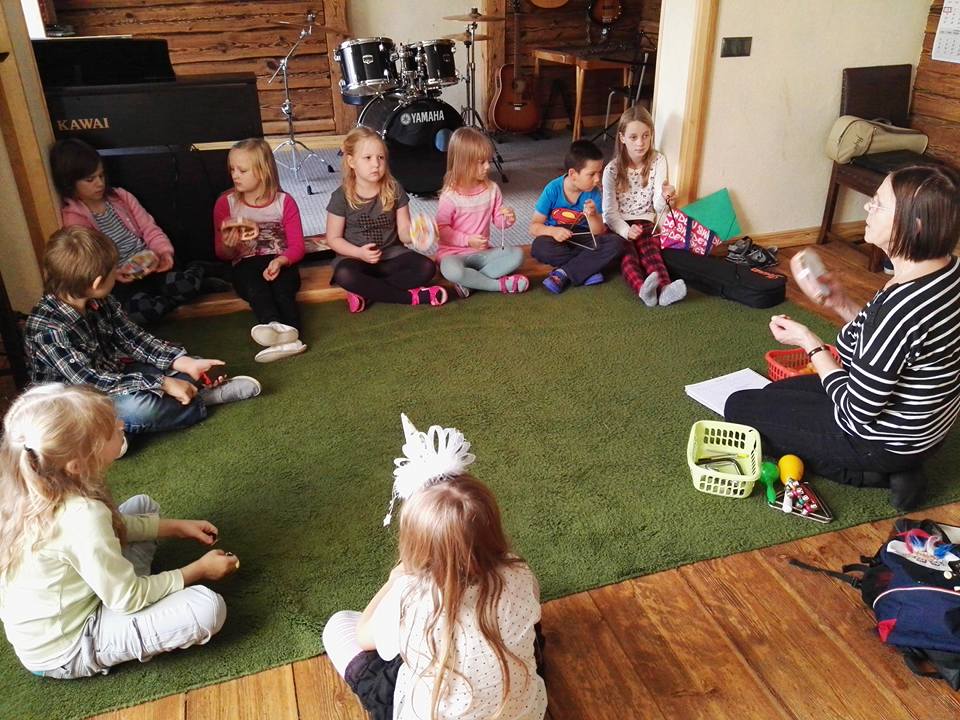
Lea Mardik, the head of the Education and Youth Board’s Rajaleidja Centre in Pärnu County, added that the foundation for knowing letters and numbers, the reading and calculating thereof, was laid in kindergarten.
Elementary needs fulfilled
Secondly, at the age of seven, children attend regular school. Kitsing said that, also in schools, social policy decisions played an important role when we’re speaking about the level of accessibility in education. “Imagine learning mathematics when you are hungry. No can do! Morning cereal and a hot meal for lunch; these fulfil the elementary needs in order to be ready for studying at all,” Kitsing noted.
She added that, before focussing on learning itself, a bigger round of factors must be in order – free transport to and from school, free food at school, primary medical aid in school, subsidised hobby education and support from local authorities to those in need.
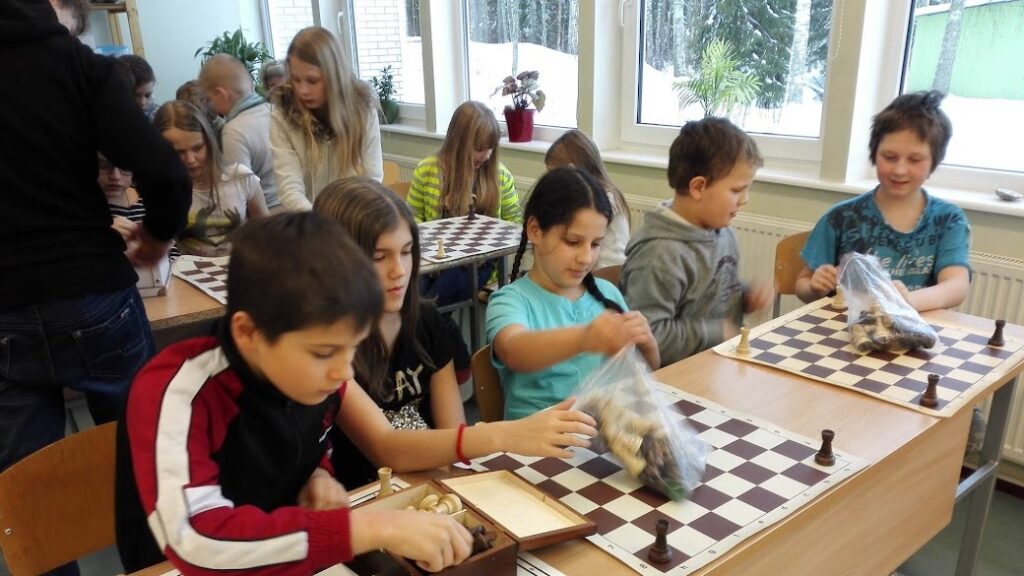
In addition to accessibility, Kitsing pointed out the support structure and adaptable organisational side of things. “It all depends on what to compare. Compared with the rest of the world, things are going really well in Estonia. But, even while we know the current situation here, we are, of course, working every day to make it better,” she said.
For example, Estonian schools are missing support specialists, eg speech therapists, psychologists, special pedagogues, social pedagogues etc. “We don’t have all these people in all our schools, but we have them a lot more than some places in the rest of the world,” Kitsing said.
Digital consulting in the periphery
In this field, Rajaleidja Network Centres in every county in Estonia help kindergartens and schools out. “We help advise and nourish children and the people around them,” Lea Mardik explained. “We have different specialists who work as teams and we can give feedback on how to help every child reach their personal best results, as well as how they can develop the most. Our principle is to help as quickly as possible.”

About 3.6% of all two to 18-year-olds (approximately 8,500 thereof) and around 17,000 adults are counselled every year, regarding children’s special needs.
The Estonian educational support system is based on two levels: in schools, support services (such as speech therapy, psychological support etc.) are provided to students on a daily or weekly basis. When school-based support is not enough to support the child, parents and teachers can come to Rajaleidja for thorough evaluations and specific educational recommendations. Rajaleidja’s centres also help out when an educational institution does not have the necessary specialists at that time.
It can be argued that the specialists have to be in school every day in order to know all the circumstances, or that it is enough if they are nearby and can intervene when and where necessary. Mardik brought out some advantages to having the specialists gather at the county centre: “Specialists can be independent, not ethically bound by manager-subordinate relations, meaning they can completely focus on their role to help and they have their own support system to avoid burning out.”
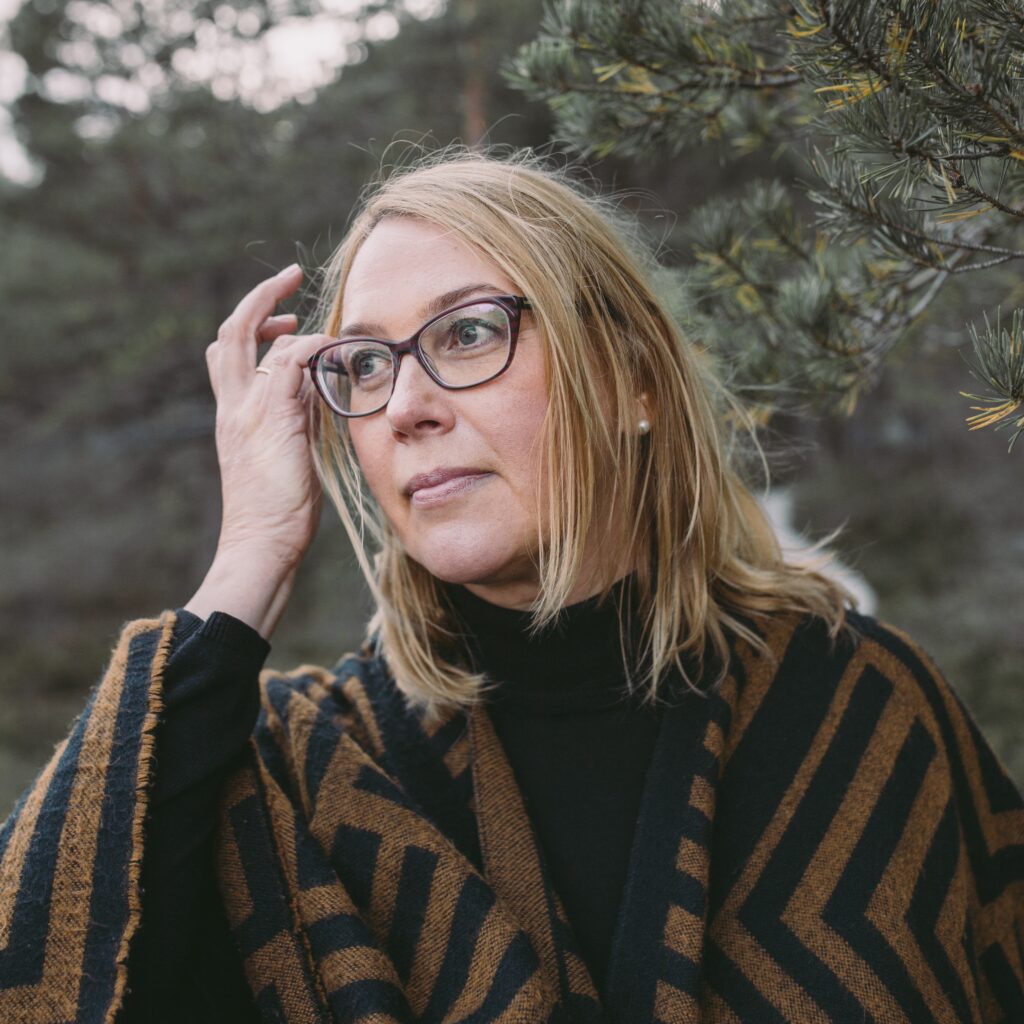
Moreover, via these centres, it is easier to reach all children who could use the help. For example, Kihnu is a small island in southwestern Estonia, in Pärnu Bay. The trip from Pärnu to Kihnu takes a couple of hours each way. When the winds are much stronger, it can take more time or even be cancelled. Rajaleidja is now piloting digital consulting to ensure that the most high-quality service is also available for children in Kihnu. So, a geographical location cannot be an obstacle to getting the best professional help.
For SEN (ie “special educational needs”) students, the study system can be adapted to support them in mainstream schools. In addition to the access of support specialists, it is possible to have a simplified national curriculum or education plan, to study in smaller classes, to have additional learning and rehabilitation support, for example music therapy.
Room for improvement is recognised
Recent PISA (a worldwide study of 15-year-old students’ capabilities in math, reading and science) data shows that Estonia has done remarkably well in reducing the gap between a student’s socioeconomic background and their access to quality education. Still, Maie Kitsing pointed out some challenges: “We see that the developmental environment of boys as well as students from schools with Russian as the language of instruction needs encouragement.”
Kitsing said the first steps to improve the situation were already done. “We are aware of the differences, we have said it out aloud, teachers have received the information and examined their methods and we are having discussions with researchers,” she explained.
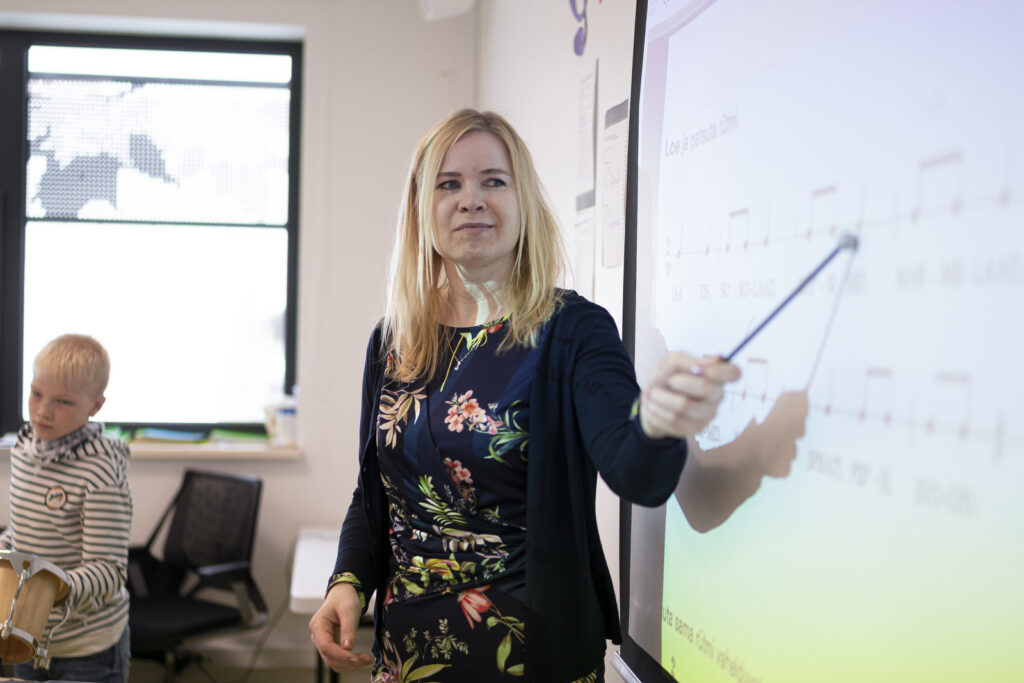
Kitsing added that the question was how the new approach to learning was then implemented in teaching and learning itself. She brought examples of questions that need answers, eg “How can the teacher adjust teaching according to the peculiarity of the student? How can one manage to lead himself or herself? How is the atmosphere at the school? Does it support or exhaust?”
But what the results also show, and what is remarkable, is that in Estonia, the physical learning environment is equal between the cities and out in the countryside. On the one hand, legislation requires it; on the other hand, bright-eyed people always find a way to achieve good conditions. One such positive example is the school in Mõniste.
Hobby education supports learning
In the bigger towns, there are a lot of different hobby schools where children can attend according to their interests. In the countryside, hobby groups mostly meet at the schools.
Maarika Niidumaa, the principal of Mõniste school, said they had had 10-15 different hobby groups in recent years. The school, located in Võru County, southeastern Estonia, offers their students the possibility to attend different groups, from ballroom dance to woodwork and from floorball to robotics.
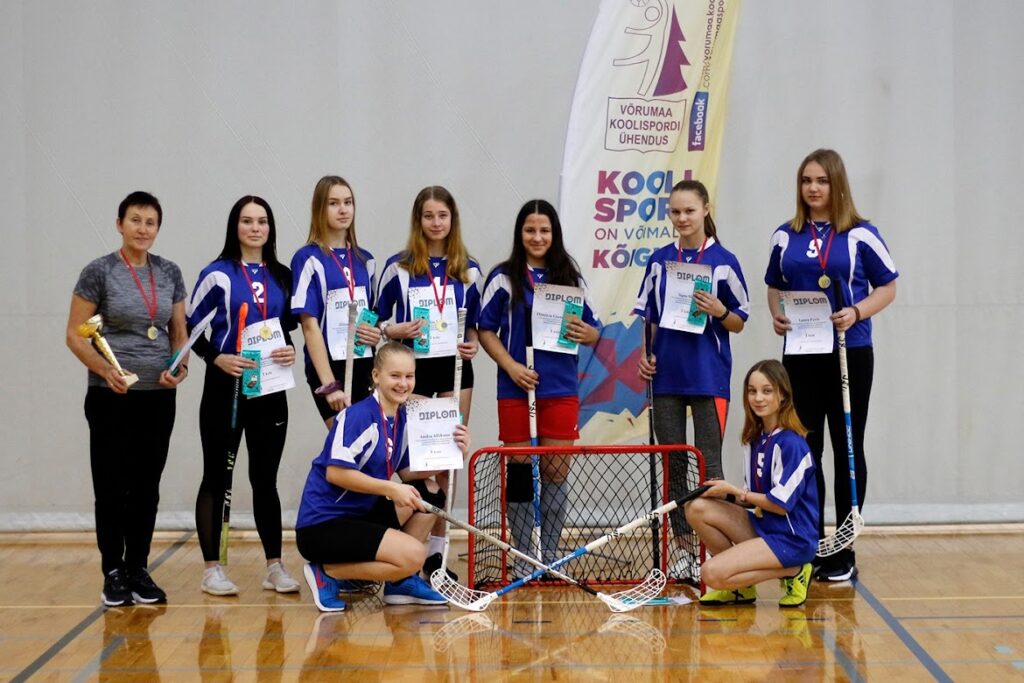
Niidumaa noted that schools and local authorities in the countryside had been working extensively to create such possibilities for children and youth, no matter how small the village in which they live. “Sometimes it is said that education is expensive but, I think, if we look at the bigger picture, even if one child attends the group and finds a hobby for her or himself, the money is well spent. Children and youngsters need hobbies, so that they can avoid bad habits,” she added.
Furthermore, if the child has access to primary level hobby education, they can find something they really love and are talented at. Niidumaa cited an example from ballroom dance: “Some children who were more interested in dancing started going to training in Võru city, which is 40 kilometres (25 miles) from Mõniste. One of them has reached the World Championships!”
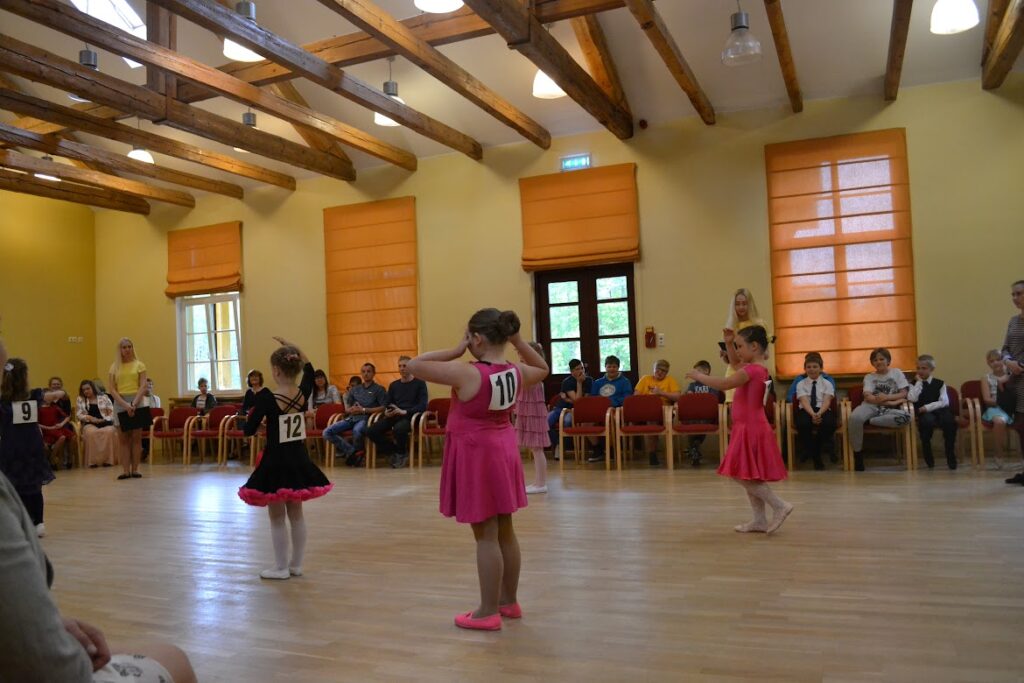
Niidumaa also said that, very often, hobby education had the same goals as the national curriculum. She raised the example of “Home Daughters and Young Eagles”, whose activities were good for social skills and patriotic upbringing – the same criteria named in the curriculum.
Thanks to the support of the state and local authorities, the hobby groups can be cost-free to students. “It is extremely important for children to have equal opportunities, no matter the possibilities and values of the families,” Niidumaa underlined. And that is why all the students of Mõniste school visit the ballet at least once during their studies.
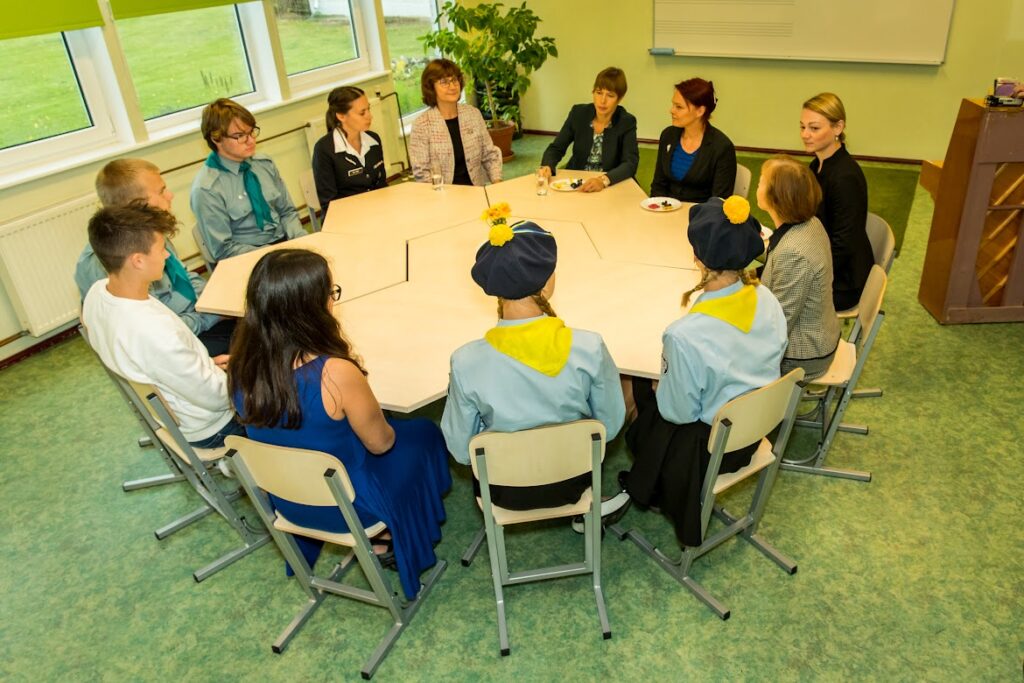
To sum up, equity in education within Estonia is formed by a complex approach; social support for families, a challenging learning environment that supports the special needs of the student and enabled hobby education for all children, none of which depends on the material wealth of the family.
* This article was originally published on 27 December 2021. Read also: Kindergarten teaching in Estonia balances between education goals and game-based learning

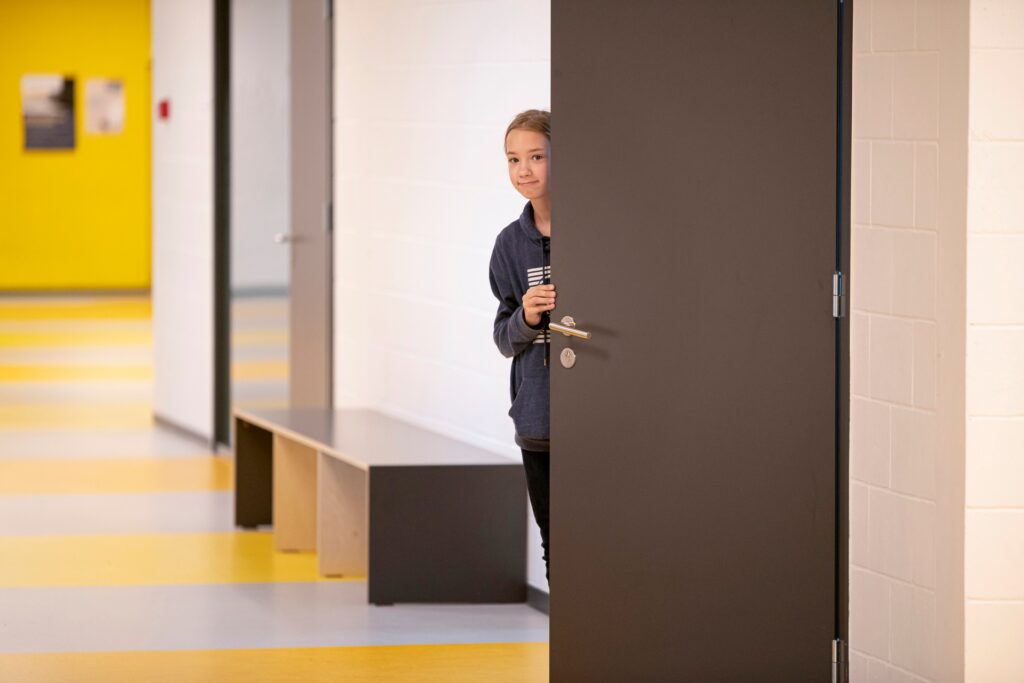
I am a retired teacher in America. I now teach one on one privately in my home helping dyslexic students. This came about because our school systems have very little help for those with dyslexia – how is it in your schools?